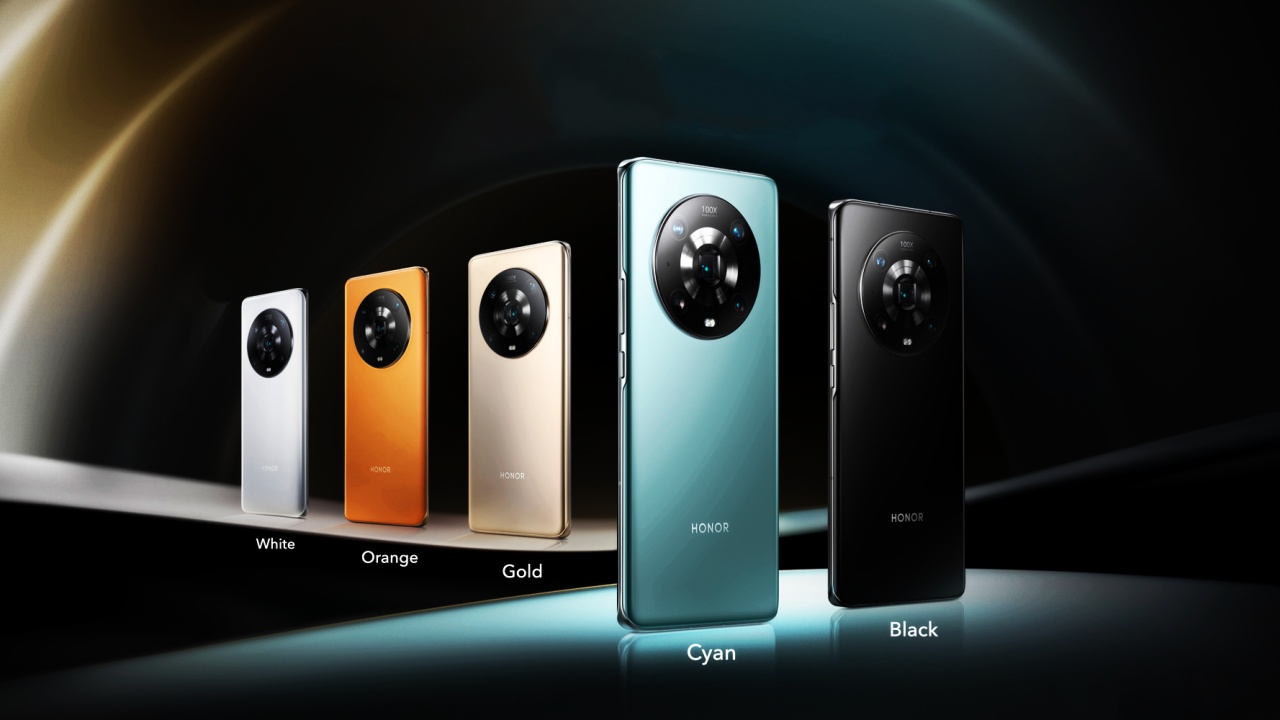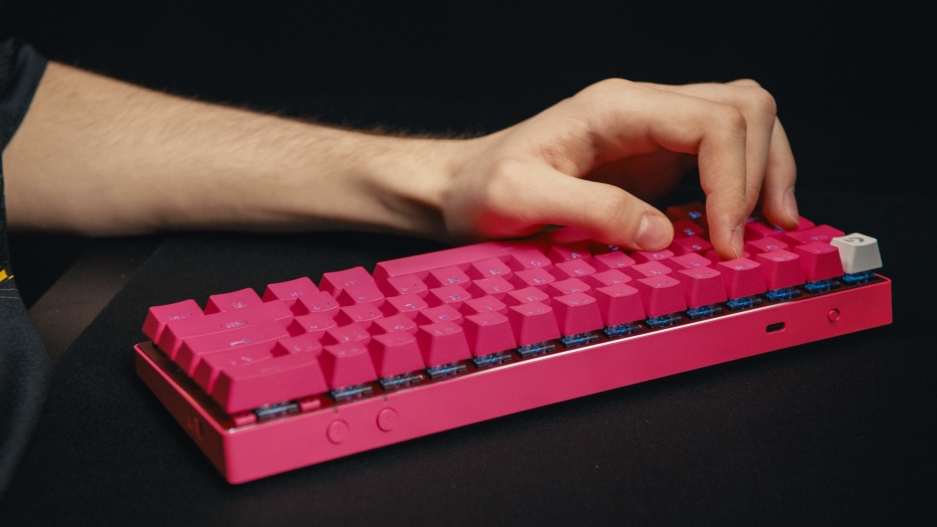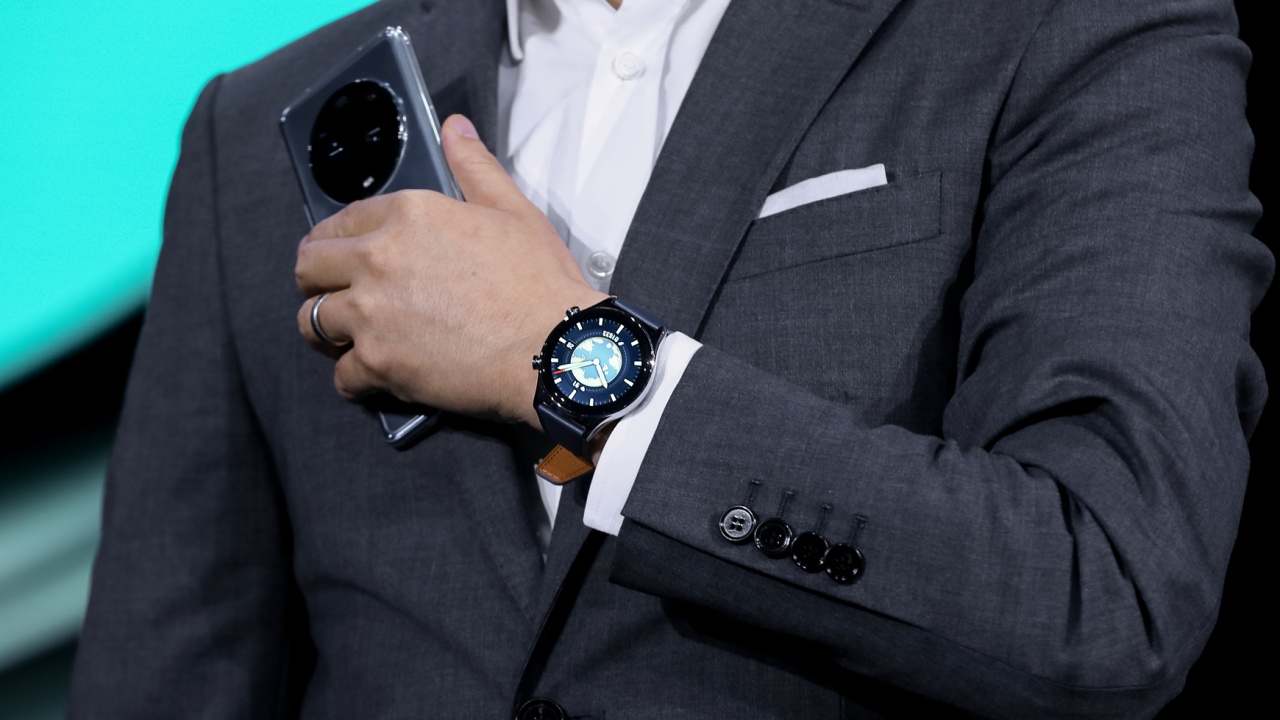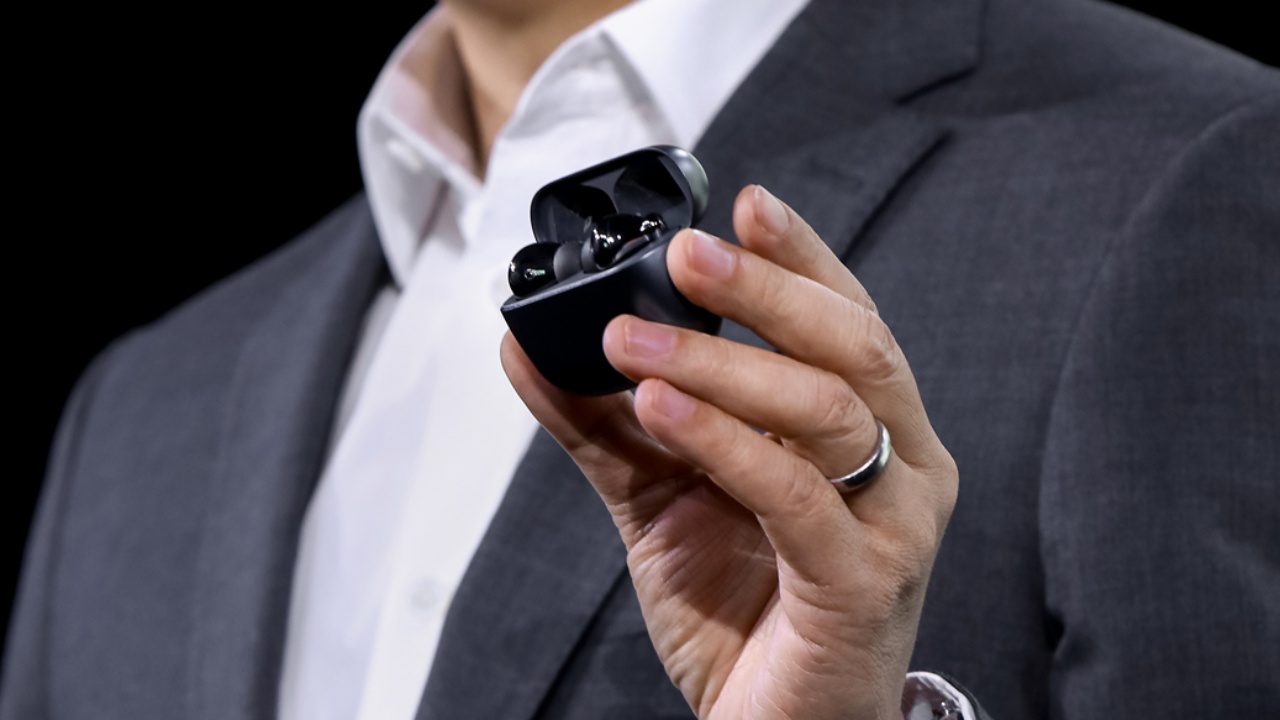Accessories
Honor Magic4 series now official
New watch and earbuds also announced

Honor is making a splash at MWC 2022 in Barcelona, Spain with the announcement of their brand new flagship — the Honor Magic4 series. It featured two smartphones — the Honor Magic4 and Honor Magic4 Pro.
Launching alongside the series are the Honor Watch GS 3 and Honor Earbuds 3 Pro.
Honor Magic4 series
Honor took its time before fully emerging from the dust brought about by its divorce from Huawei. It relaunched softly with the Honor 50 but is now fully ready to take on the world again with the Honor Magic4 series.
This flagship set features a symmetrical design, enhanced visual experience, superior performance, and outstanding photography and videography capabilities. That’s a tall order of promises and Honor aims to not disappoint.
For performance, both phones are equipped with the Snapdragon 8 Gen 1 chip flanked by 8GB of RAM and 256GB of internal storage. Honor also put its own ingredient in the mix adding Honor Turbo Engines to maximize the capability of the chipset. There’s also the Honor OS Turbo X which the company says improves fluency, anti-aging, and power consumption.
|
Honor Magic4 Pro |
Honor Magic4 |
|
| Display |
6.81” LTPO OLED |
|
| Processor |
Snapdragon 8 Gen 1 |
|
| RAM |
Up to 12GB |
|
| Internal Storage |
Up to 512GB |
|
| Battery |
|
|
| OS |
Magic UI 6.0 (Android 12) |
|
| Rear Cameras |
|
|
| Front Cameras |
|
12MP Wide Camera with 100 ° FOV |
Honor Magic4 Pro
Focusing on the Honor Magic4 Pro, it has a 6.81-inch LTPO Quad-Curved Display. Other display features include HDR 10+, 120Hz dynamic refresh rate, and more. It also has an IP68 rating ensuring dust and water resistance
It boasts a lot by way of numbers in the camera department.
- 50MP Wide Camera
- 50MP Ultra-wide angle lens
- 64MP Periscope telephoto lens (3.5x Optical Zoom, 100x Digital Zoom)
These massive hardware numbers are supported by Honor’s Ultra-Fusion Computational Photography. This promises high quality images that are sharp and clear. Additionally, it also has Dual Chain Computational Photography and Videography Algorithm. What it does is allow users to capture high-quality images while shooting videos.
Speaking of videos, the Honor Magic4 Series features the Honor Magic-Log Movie Master and AI Film Effects. With this, the Honor Magic4 Series delivers the industry-first 10-bit Log 4K video recording in 60fps (frame per second), beating another industry benchmark.
Battery and Charging
The Honor Magic4 Pro sports a 4,600mAh battery with support for its 100W SuperCharge tech. Wired, it’ll fill up the device from zero to 100 percent in just 30 minutes. Wireless, it can go up to 50 percent in just 15 minutes.
The series will come in Cyan and Gold.
Honor Watch GS 3
The Honor Watch GS 3 is inspired by traditional mechanical watches. It uses quality materials like 316L stainless steel for an elegant and stylish design. The watch is designed to be worn comfortably all-day long, weighing just 44g and measuring 10.5mm.
Its AI Heart Rate Monitoring Engine combines multiple algorithms to cancel out noise during exercise. The watch significantly improves the accuracy of the heart rate monitoring function, enabling users to better monitor their health.
The Honor Watch GS 3 supports over 100 workout modes while also providing precise route tracking capabilities and benefits from built-in L1/L5 Dual Frequency GNSS (Global Navigation Satellite System) when running, cycling or hiking outdoors.
It will be available in Midnight Black, Ocean Blue, and Classic Gold.
Honor Earbuds 3 Pro
The Honor Earbuds 3 Pro are equipped with a dual-driver design. It includes an 11mm diameter dynamic driver and a high-resolution piezoelectric ceramic tweeter, delivering both rich and delicate sound details and booming bass.
By reducing ambient sounds at varying levels, the Honore Earbuds 3 Pro deliver superior sound quality and call performance with fully developed Adaptive Active Noise Cancelling (Adaptive ANC) technology and enhanced connectivity. This allows users to enjoy immersive music and in-depth sound while gaming or on conference calls.
Price and availability
The Honor Magic4 will start at EUR 899 (8GB+256GB), while the Honor Magic4 Pro will start at EUR 1099 (8GB+256GB). It will be available in Q2 of 2022.
The Honor Earbuds 3 Pro will start at EUR 199 and the Honor Watch GS 3 will start at EUR 229. Availability will be announced at a later date.

Accessories
Logitech introduces a dedicated shortcut for ChatGPT
Compatible with most keyboards and mice

Artificial intelligence is already meant to simplify a workflow. However, despite the ease, there are still a few ways to optimize the process. Today, Logitech has launched a new shortcut to launch ChatGPT straight from your mouse or keyboard.
Minus programmable hotkeys or buttons, there are hardly any built-in way to easily access an AI model. For a typical workflow, it still consists of manually opening the model on a separate window and keeping it within cursor’s reach throughout the day.
Logitech is simplifying the process by adding a dedicated shortcut for its devices. With a Logitech keyboard or mouse supported by the Logi Options+ app, users can program a keyboard or mouse button for the new Logi AI Prompt Builder.
Once activated, the AI Prompt Builder automatically accesses easy options for highlighted text. For example, users can easily rephrase or summarize the text. Likewise, they can input their own custom queries. By eliminating a few clicks and some typing throughout the day, the new tool hopes to save you time.
While most Logitech keyboards and mice are compatible with the new tool, it is also more easily accessible with the new Logitech Signature AI Edition Mouse. The new mouse has a dedicated button just for AI prompts. If you’re an AI power user, this one is perfect for you.
SEE ALSO: Logitech unveils G Pro X 60 gaming keyboard: Price, details

I’ve got a new favorite pair of headphones.
They look good, sound good, last long, are compact and portable.
Most of all? They are from a brand that I truly love.
But I’m getting ahead of myself.
Here’s are V Major reasons why I love the new Marshall Major V!

Logitech has unveiled its newest heavy-duty gaming keyboard: The Logitech G Pro X 60 Lightspeed gaming keyboard. The latest G Pro series addition is engineered in collaboration with top esports athletes, and promises exceptional performance and precision specifically for gaming.
The gaming keyboard is available in White, Black, and Magenta and retails for PhP 10,955. Customers may also choose between two GX Optical Switches configurations: tactile and linear. These upgraded switches boast faster and more precise actuation, as well as increased durability. The G Pro X 60 has a distinct design, with the keys quite elevated from the keyboard base.
As the model name suggests, the new offering is also the first Logitech product to boast of a 60% keyboard form factor. This portable keyboard allows users to have more space for dynamic mouse movements compared to full-sized keyboards.
The innovative Keycontrol feature, meanwhile, lets users assign up to 15 various shortcuts and combinations per key. Gamers will benefit from being able to tailor the keys specifically to their needs by customizing the keyboard keys with commonly used commands and audio and lighting effects.
The gaming keyboard also comes with Lightsync RGB. Users may choose from about 16.8 million colors and customize each key’s individual color. Connectivity-wise, users may use the keyboard via Bluetooth, USB, and 2:1 pairing with a PRO gaming mouse.
For more information about the Logitech G Pro X 60, visit the Logitech official website here.
-

 Accessories2 weeks ago
Accessories2 weeks agoApple Vision Pro Review: Two Months Later
-

 Features5 days ago
Features5 days agoFortify your home office or business setup with these devices
-

 Gaming1 week ago
Gaming1 week agoThe Rogue Prince of Persia looks like an ultra-colorful roguelite
-

 Events1 week ago
Events1 week agoStellar Blade: PlayStation taps cosplayers to play Eve for game’s launch
-

 Gaming1 week ago
Gaming1 week agoStar Wars Outlaws release date revealed
-

 Accessories1 week ago
Accessories1 week agoLogitech unveils G Pro X 60 gaming keyboard: Price, details
-

 Philippines2 weeks ago
Philippines2 weeks agovivo Y100 to release in Philippines on April 27
-

 Deals2 weeks ago
Deals2 weeks agoSamsung Awesome April: Deals on Galaxy A series



























